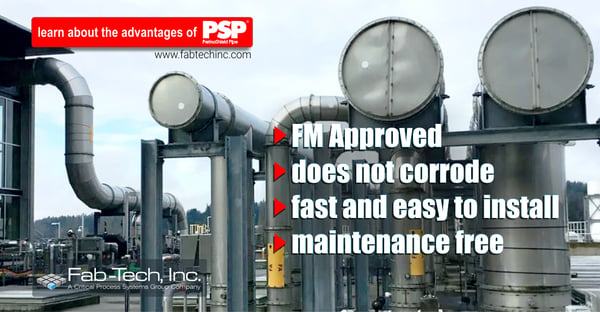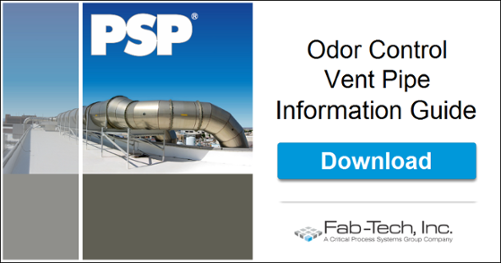MULTIPLE METHODS FOR SLUDGE DEWATERING BUT ONLY ONE ODOR CONTROL SOLUTION
Sludge dewatering is the process of removing as much water as possible from wastewater and sewage sludge. The output of this process includes untreated water that will continue to be cleaned and purified (before being released and reused), and biosolids with drastically reduced liquid content, volume and mass.
The reduced mass and volume of the biosolid end-product makes it far easier to store or transport, being both lighter and with a far smaller footprint. It is then either land applied as agricultural fertilizer or sent to a landfill.
Dewatering Methods
A variety of different processes and machines are used when dewatering biosolids, the most popular being a belt press and a centrifuge, as well as several filtration techniques.
- Belt Presses operate similar to an old-fashioned wringer washer. After a flocculating polymer is added to assist in separating the solids from the liquids, sludge is pumped onto belts that flow through a series of rollers that squeeze out the water. Once the sludge has been reduced to the desired water and solids content, it is scraped off the belts and sent elsewhere for storage, or to be land applied or disposed.
- Centrifuges are another popular method. These also start with the addition of a polymer to assist with solid and liquid separation. The sludge is then pumped into the centrifuge and the high-rev spinning action causes the separation of solids from liquids.
- Filtration methods include rotary vacuums and plate and frame presses. Rotary vacuums are very simple devices that draw the liquid through a filter in order to separate solids from liquids. Depending on the desired water content of the dewatered biosolids, the filter can be changed. This allows rotary vacuums to be very accurate and effective, but they are slower than many other mechanical options. Plate and frame presses are made up of several plates and membranes assembled on two rails. Sludge is pumped through the membranes and through filters, with biosolids collecting in the membranes and thickening over time until the plates are pulled apart and the dewatered biosolids are extracted.
Odor Control
Regardless of the method used for sludge detwatering, foul air and odors must be dealt with as part of the process. While there are various odor control systems and technologies available that can be used to mask or contain the spread of foul air, none are more effective than capturing, conveying, and neutralizing volatilized odor compounds (VOCs) at the source.
Historically, systems of FRP duct would be used to convey the foul-air from the fume source to a designated treatment area. However, FRP is a high-maintenance material that's costly and challenging to install, and even more difficult to dispose.
Today, WWTP owners, end-users, engineers and installing contractors are turning to coated stainless steel duct to overcome the ownership costs and dependability challenges presented by FRP duct. Fab-Tech's PermaShield coated stainless steel exhaust duct is proving to be the material of choice as it delivers:
- Significant labor savings in cost & time to install
- Superior longevity and lifetime ownership savings
- A safe, reliable, no maintenance, non-flammable odor control solution
- A reusable, recyclable odor control system with a reduced carbon footprint and low-cost EOL
Sludge dewatering is a practical and important process in both the production of biosolids and the disposal of sewage waste. With growing populations generating more sewage waste, the resulting dewatered biosolids must be managed and disposed with minimal disruption to the environment and community standards.
Fab-Tech is proud to play a roll in this process by providing a coated metal odor control solution that is unsurpassed in its safety, dependability, quality and lifetime savings.
If you would like more information about PSP® odor control vent pipe and duct, please feel free to download our general information guide below:
OR
Visit Our Wastewater Treatment Odor Control Page
Sources:
https://ferguspowerpump.com/sludge-dewatering/
https://www.tpomag.com/online_exclusives/2014/03/take_action_against_belt_filter_press_odors
/biosolids.jpg?width=640&name=biosolids.jpg)


